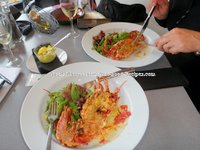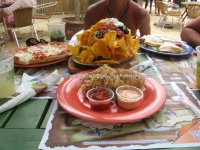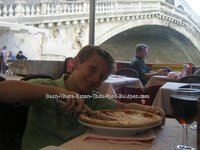|
Argentine FoodArgentine people love eating. Food, most of the time homemade food as a way to show affection, is at the centre of every gathering. As soon as you put a foot into somebody’s house, you will be offered something to eat. 
Inviting friends at home for dinner is something you do every week, often in the middle of the week, regardless of early starts next morning. Any occasion is valid for getting together and eat: not only the obvious ones such as birthdays or special days, but also to farewell friends going on holidays, to integrate new neighbours, etc. Usually, every guest contributes with a dish, making it easier for the host, particularly if the decision about that particular dinner was made just few hours earlier. Dinner time is very late, especially during spring and summer time (September to February), followed by a long sobremesa (post meal chat), most often than not, finishing in the small hours...
If you think that lunch time meals are light, you are very wrong. Midday lunch (well, at 1pm more likely) is normally the main meal of the day.
And of course: Sunday family meal is a must, usually involving asado (argentine barbecue) or pasta.
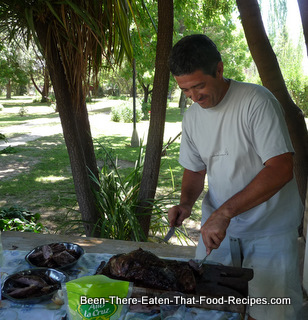
Another custom (Italian-style) is the picada, consisting of assorted selection of cubed cheese and cured meats, olives, etc, generally served cold and accompanied by drinks and just before the meal, while the last preparations for the meal are taking place. Hopefully - considering the eating habits and the high beef intake per capita
Are you interested in Argentine wines from the Mendoza province? If so, now you have the unique opportunity to take advantage of
Slowkar
, a recent initiative that would allow you to combine sightseeing with local food tasting, while driving through Malbec vineyards and wineries in style... 
Coming back to the population origins, obviously this cultural blend has resulted in a very particular Argentine cuisine. Faithful to its mainly Mediterranean roots but with a peculiar touch of its own. Being a rich country on crops and livestock, mainly grains and cattle, it is not surprising that the Argentine diet is also very rich,
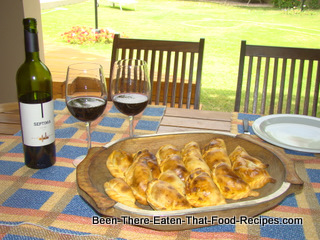
but primarily based on beef. Asado is by far the more representative dish of the country, followed by empanadas – each region having their own specialty. There are many regional differences either in the selection of dishes prepared (some of them dating back to the original native Indians recipes), or in the method used for cooking them or in the local variation of a national dish (such is the mentioned case of the empanadas). Note: for full recipes, click on the links! And the desserts, very rich and sweet, most of them featuring
Dulce de Leche
(the local milk caramel paste,
And no forgetting the Italian-style ice creams (see gelato ), with some local touches, such as the Malbec flavoured ice creams, e.g. Vainilla al Malbec ( click here, and then in "PRODUCTOS" and "SABORES"). Did you know? As characteristic as the Tango, the mate is an infusion of the leaves and twigs of the yerba mate.
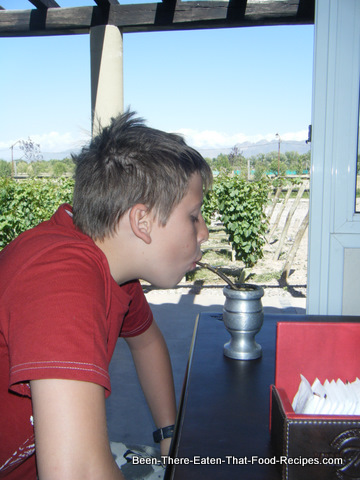
It has its rules. You never say "thank you" unless it is the last one you are having. And it has its secrets: you never let the water to boil for a mate. The idea is to keep it foamy and with the leaves floating. If the water has boiled (burning the leaves) or after many rounds, the leaves tend to go down and the mate becomes “lavado”, lacking in flavour and appearance. You can also have mate on your own although, while revising for a test, with many students surviving mainly on mate during examination periods. You are not stuck to drink it at home, you can carry the equipment around: a mate, a sugar and yerba holder and a flask with the nearly boiled water. Now, you can even find automatic nearly-boiled-water–providers at service stations to refill your flask. |


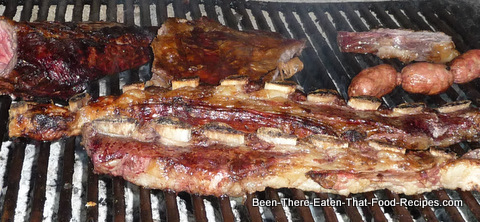
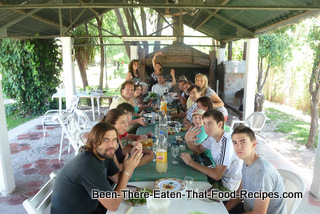
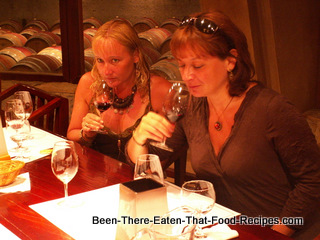
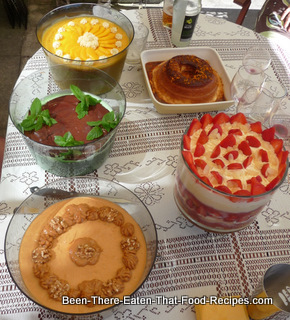
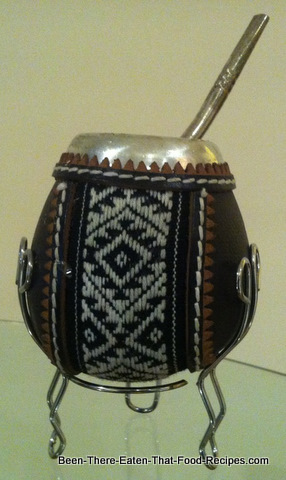 It is served in a recipient made of different materials, as an emptied gourd for example, and it is sipped through a straw called bombilla made usually from metal. It is quite bitter, so it is normally sweetened with sugar or sweeteners and flavoured with herbs such as mint, or orange peelings. You add all into the mate, and then you add nearly-boiled water to fill it up. The mate is a drink you usually share. Family and friends in small groups and a mate that passes from hand to hand. One person in the group is in charge of preparing the mate initially, and then after each turn, accommodating the preferences of each participant: with more o less sugar for instance, and wiping the bombilla between users.
It is served in a recipient made of different materials, as an emptied gourd for example, and it is sipped through a straw called bombilla made usually from metal. It is quite bitter, so it is normally sweetened with sugar or sweeteners and flavoured with herbs such as mint, or orange peelings. You add all into the mate, and then you add nearly-boiled water to fill it up. The mate is a drink you usually share. Family and friends in small groups and a mate that passes from hand to hand. One person in the group is in charge of preparing the mate initially, and then after each turn, accommodating the preferences of each participant: with more o less sugar for instance, and wiping the bombilla between users. 